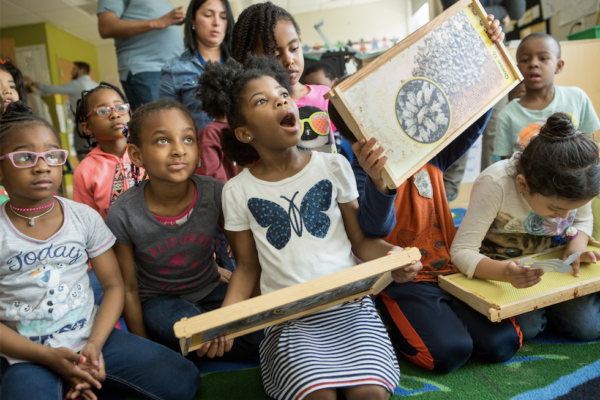Recognizing that many disadvantaged students need more support than schools can offer, several districts are establishing “community schools,” effectively turning schools into community hubs. On each campus, a coordinator brings together local organizations to support students and families with health, social services, housing and other needs. Partners can offer everything from afterschool programs to dental exams. In New York City, more than 250 schools use the model with a budget of about $200 million.
In Illustrating the Promise of Community Schools, a team of RAND Corporation researchers led by William R. Johnston identified a number of statistically significant results for New York City schools using the model for three years. Chronic absenteeism dropped in every grade and in every year of the study–the rates were down 7.3 percent in elementary and middle schools and 8.3 percent in high schools. Disciplinary action also fell in elementary and middle schools, but not significantly at the high school level. Fewer elementary and middle school students were retained every year, and high school graduation rates rose in two of the three years. In terms of test scores, statistically significant improvements came only in the third year of the study and only in math.
When compared to similar schools, the community schools showed more improvement on all measures, with gains growing over the three-year period. Some of the most successful campuses were also involved in the Renewal turnaround initiative, which has since been disbanded. Surprisingly, the community schools intervention did not do much to improve students’ sense of connection to the school or parent engagement, according to survey results. But the overall findings of the study demonstrate that the community school model is a promising approach for improving student success.
-Phyllis Jordan
